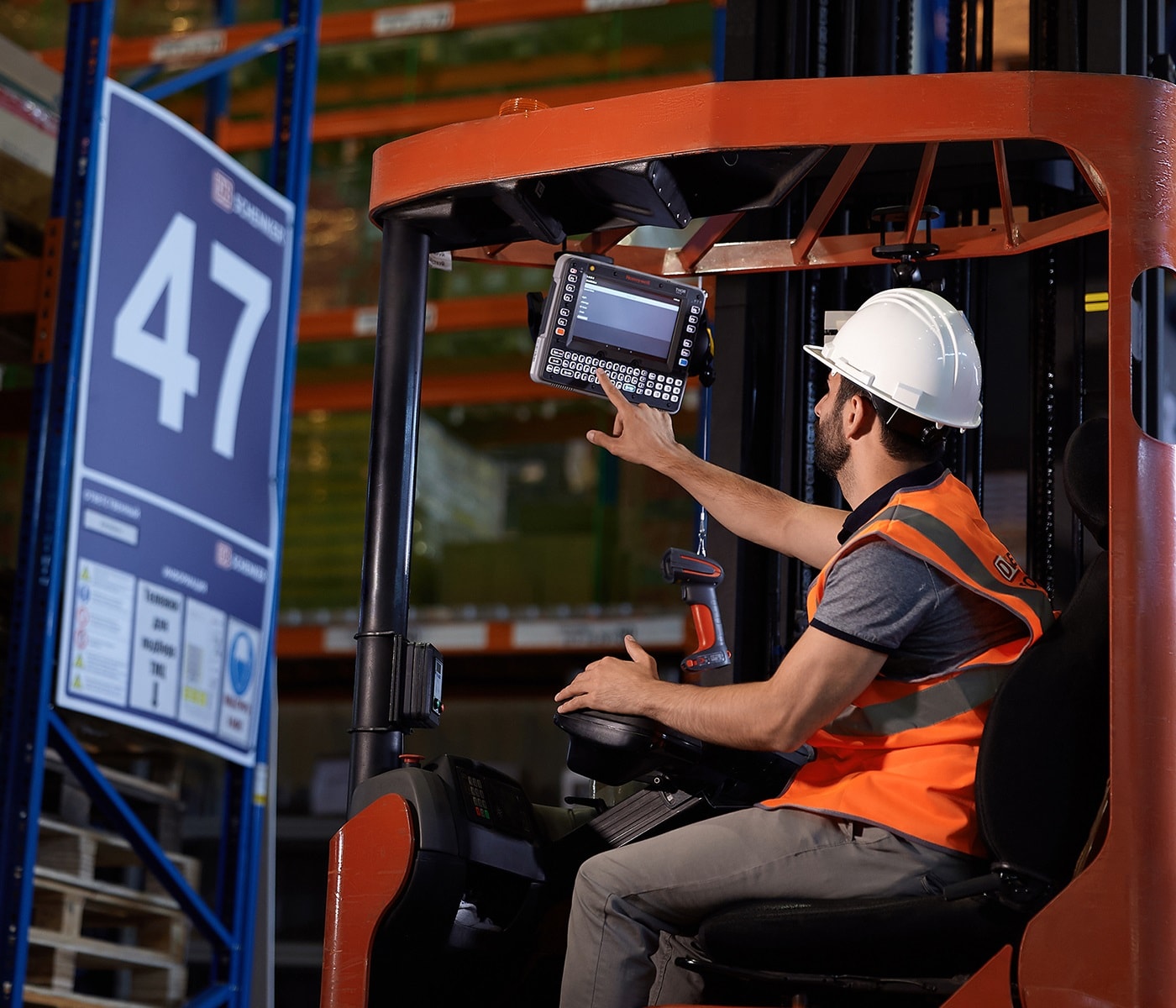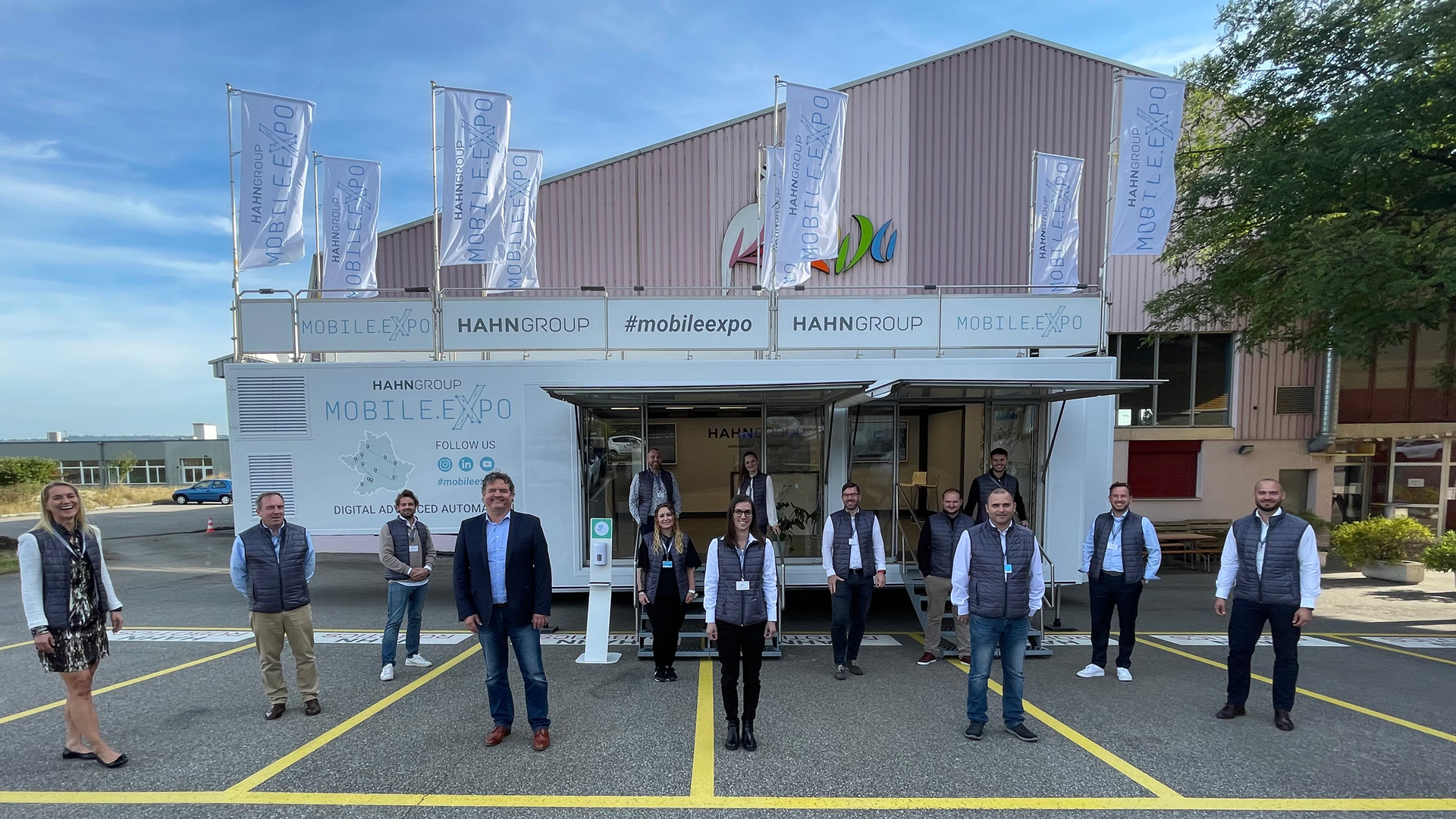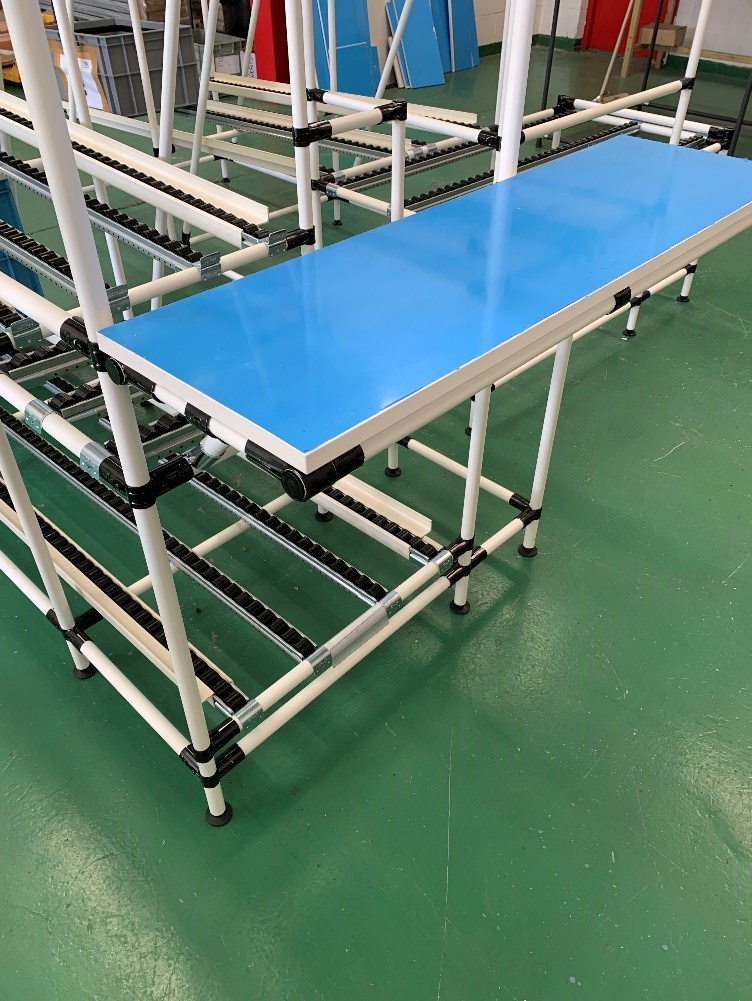Worker quality and numbers is fast becoming one of the trickiest aspects of finding and properly utilising people in the DC, says Smitha Raphael, Chief Product & Delivery Officer for WMS technology innovator SnapFulfil.
Amazon has raised the bar in the race for workers by increasing its average starting wage in the US to $18 per hour (potentially rising to $22.50) – plus it also plans to hire more than 125,000 warehouse and transportation workers in the US alone for 350 new logistics facilities opened this year and to help the rollout of one-day delivery for Amazon Prime loyalty club members.
Retailers generally are scrambling to hire hourly workers in this stretched-to-breaking-point labour market and have even been offering benefits and joining bonuses to attract them, with Walmart also planning to hire 20,000 workers at its supply chain division ahead of the manic Q4 season.
The UK & Europe is already following suit, but baby boomers, which have traditionally made up most of the DC workforce, are rapidly approaching retirement age and younger generations are less willing and available to replace these roles in the warehousing industry.
Raphael explains: “The current global labour issue has also highlighted the stark differences between manually operated DCs and those that have integrated automated process solutions and have been able to keep up with rapidly growing e-commerce and quick delivery demands.
“At SnapFulfil we are working with customers to help them meet this labour crisis head on – by way of real time data and warehouse planning – to optimise both space and resource, in order that business as usual can be maintained in these exceptional circumstances.”
When labour is at a premium and self-isolation is a reality, coupled with a rapid change in orders, then having the very latest data to boost the effectiveness of the available workforce, their picking and packing performance, plus available space – underpinned by highly efficient receiving and putaway activity – is vital.
What’s more, it allows for remedial measures to be quickly and inexpensively enacted, because highly configurable WMS software like SnapFulfil means every aspect of the e-commerce fulfilment process can be automated, streamlined and made intuitive for floor staff and management.
Raphael adds: “SnapFulfil customers typically benefit from efficiency and productivity improvements of up to 30%, which basically translates into the ability to do more for less with the same resources – something we are all craving during these hugely uncertain times.”







